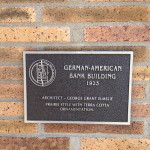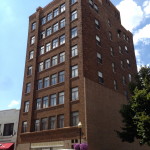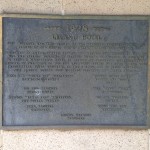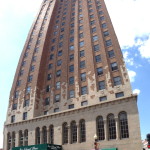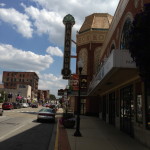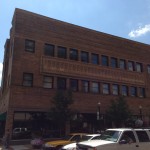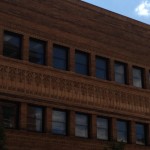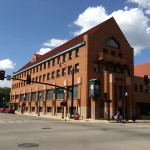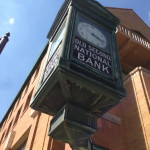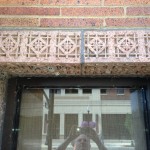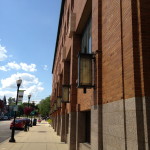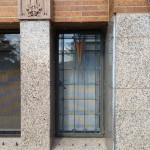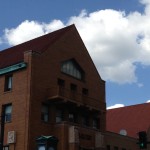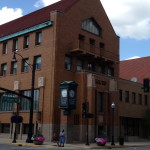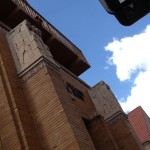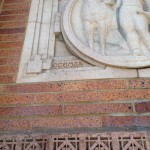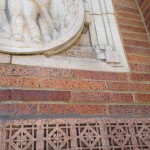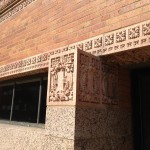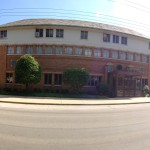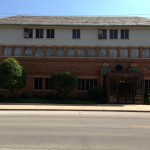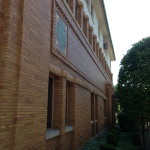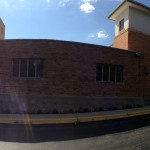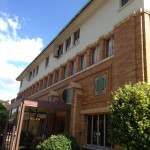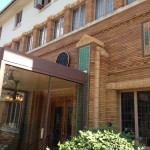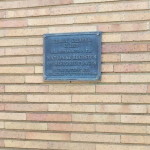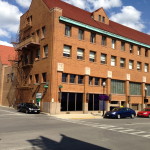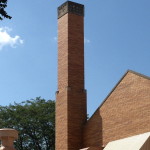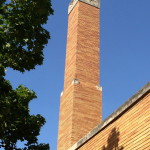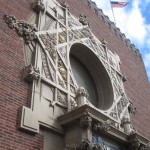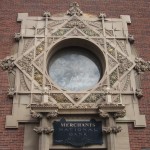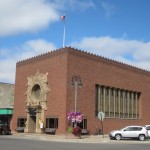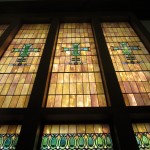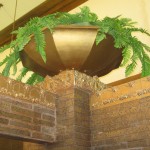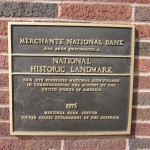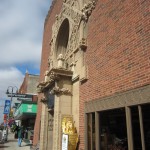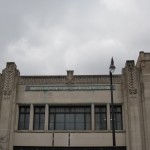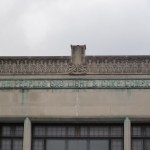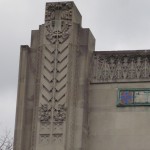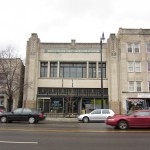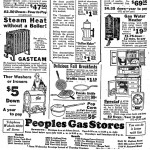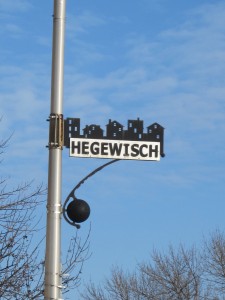
Hegewisch has the distinction of being Chicago’s southeastern terminus. Once you reach the neighborhood, that’s it. You’ve run out of Chicago.
Words fail when describing Hegewisch itself. It feels like a quintessential Chicago working-class neighborhood, with a hint of small-town America. Then again, it’s neither. Pinning down any sort of local character is refreshingly impossible.
If their site is any indication, the people seem to like living there. Founded in 1883, the area was intended to be a company town (ala the Pullman District) for Mr. Adolph Hegewisch’s United States Rolling Stock Company, builders of railroad cars. Pullman eventually blew Mr. Hegewisch out of the water, and by the 1910s US Rolling Stock Co. became the Western Steel Car & Foundry. In 1889 Chicago annexed the town, and the Hegewischians became Chicagoans.
No offense to the residents, but at first glance Hegewisch doesn’t have much to recommend for the casual visitor. However, it earns points for two things. First, its snazzy signs, which are more visually interesting than the average neighborhood lamppost banner. Secondly, it was once home to a interesting slice of architectural history.
Occasionally, I use the “The Hidden” tag in my posts. I’m not referring to the 80s Kyle Maclachlan scifi/thriller (enjoyable cinematic cheese, by the way). Rather I mean those little bits of history and ornamentation that linger in the city’s blind spots. Few people have probably made the northwestern trek to view the memorial to the Old Treaty Elm, for example. I never would have noticed it if I hadn’t made a wrong turn in Sauganash.
A variation on the Hidden involves the appropriation of ornamentation from demolished buildings for use in others. I wouldn’t call it cannibalism—more like headhunting—though it would be pleasant to imagine a demolition expert with a heart of gold deciding, “You know, that part is just too pretty to bust up. Let’s recycle it instead.” Whether it’s more moral to pry off a piece of ornament and stick it on another building (Pro: it remains on public display; Con: it’s viewed out of context and is subject to everyday wear and tear) versus displaying it on a museum wall (Pro: public display and protection; Con: still out of context, perpetuating the idea that decoration can represent a lost building in its gestalt), I leave to the comments section.
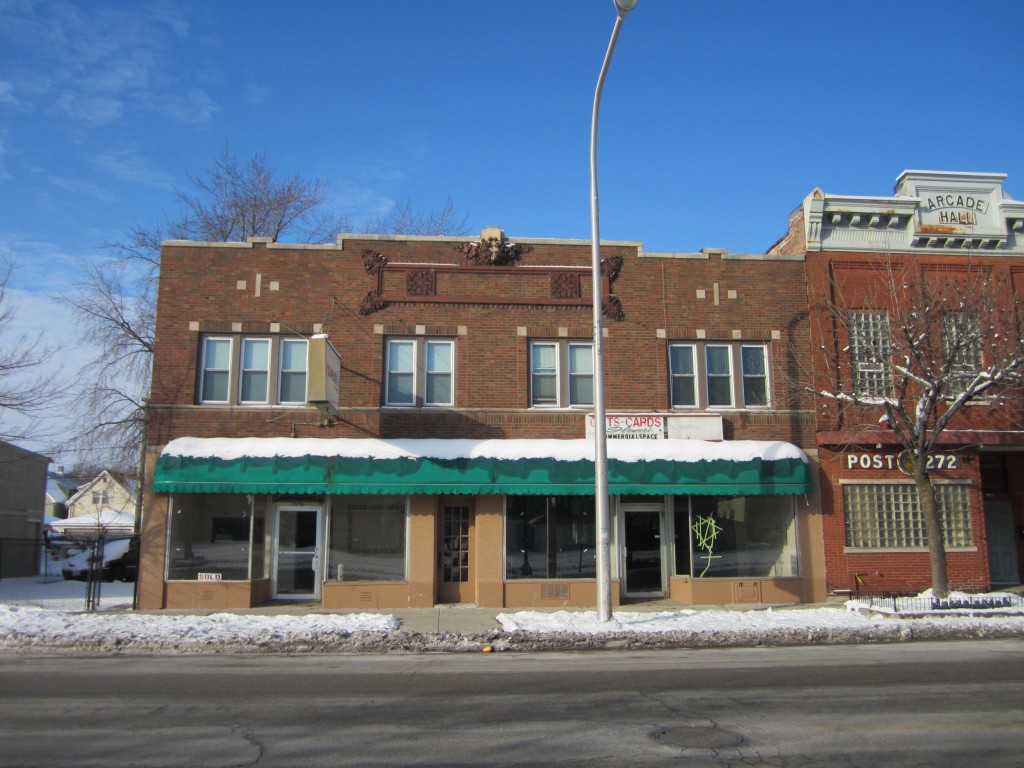
Travel to 13310 Baltimore Ave. in Hegewisch, stand across the street, and look up. You’ll see a familiar hand in the building’s ornamentation. Sullivanesque? Very nearly.
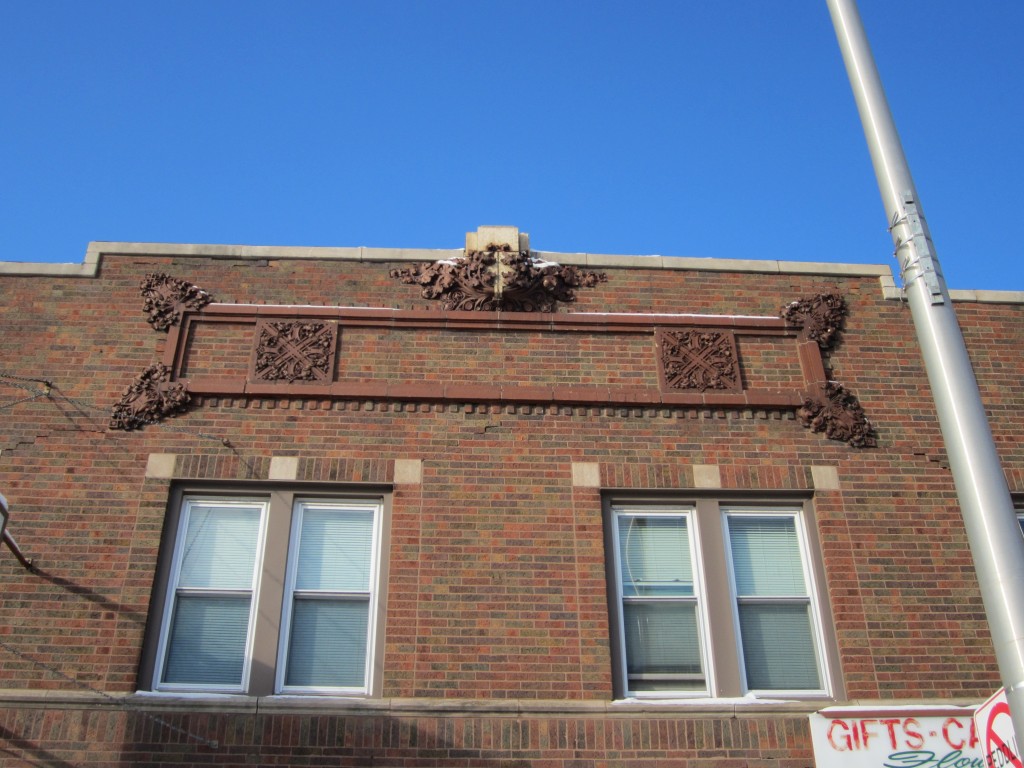
The address is the former location of architect Parker Noble Berry’s Interstate National Bank, and the ornament is all that remains of that edifice. Even if you’ve never heard of Mr. Berry, you likely know his boss. Louis Henri Sullivan hired Berry as a draftsman from 1909 to 1918. While not as seasoned as Sullivan’s former chief draftsman George Grant Elmslie, Berry was a bright, talented young man—one of those individuals presumably destined for greatness.
And such promise he showed. Mr. Berry assisted Sullivan with projects like the Henry C. Adams building in Algona, IA, one of Sullivan’s famed “jewel box” banks. Interestingly, Mr. Berry may have had a greater hand in designing that particular structure, if Berry’s 1915 First State Bank building in Manlius, IL, (still standing and currently being restored by the Manlius Historical Society after being used as a storage space for many years) is any indication. Side note: the First State Bank of Manlius, IL, was built by Berry’s father, a Princeton, IL, contractor.
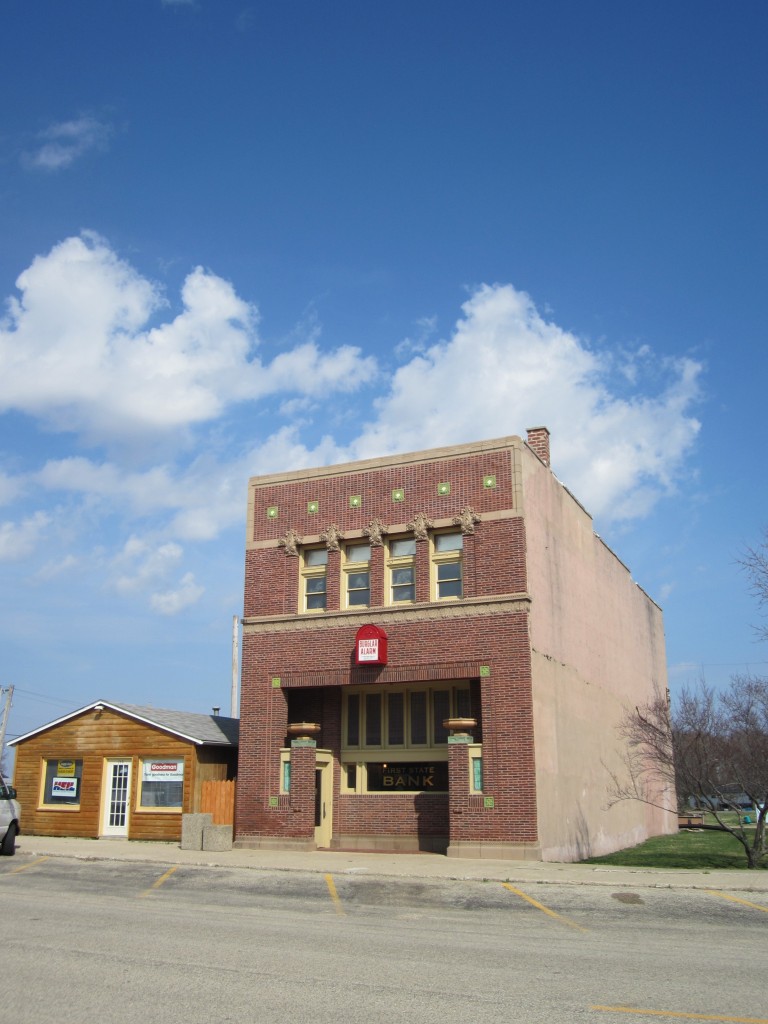
In 1917, Berry was approached by Lawrence Cox, president of Hegewisch’s Interstate National Bank, and asked to create a new building on Baltimore Ave. Contemporary photos show a smart-looking structure that built on the ideas of the First State Bank and Henry C. Adams building. Shots of the interior show a simple elegance, and all the ways Berry communicated and mused upon his former mentor’s philosophy. Sadly, the bank failed and was torn down in the 30s. For better or worse, the facade’s ornamentation was chipped off and slapped onto the front of the store taking its place.

Previously printed in The Prairie School Review
Sullivan, already struggling during his final decade, couldn’t pay Berry enough, and so the young architect supplemented his income with jobs in Manlius and his hometown of Princeton, IL. Years before, Sullivan had sacked another former employee, Frank Lloyd Wright, for designing homes on the side, but he apparently looked the other way on Berry’s commissions. At least until Berry built the Adeline Prouty Old Ladies Home (yes, that was the name; it was a more politically incorrect time) in 1917. According to Berry’s brother Roger, that was the last straw. Sullivan let Berry go. Despite various health problems, Berry probably would have done well enough afterward, and perhaps might have made a name for himself. He’d gotten married and was courted by the architectural firm of Purcell and Elmslie for years—though he’d turned them down for the opportunity to learn from Sullivan and advance in the trade. Opening an office down in Hyde Park, he began work on commissions for another bank and a hospital.
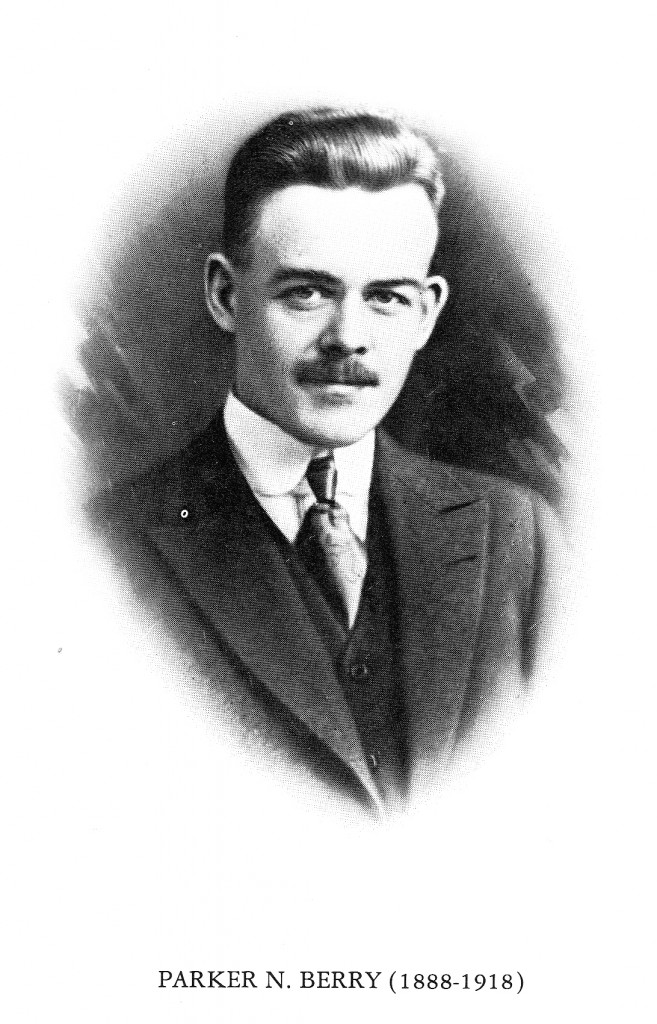
But Parker Noble Berry wasn’t long for this world. Already sickly, in December 1918, he traveled from Chicago to Princeton to attend his father-in-law’s funeral. Contracting what he imagined was just a bad cold, he refused medical attention. Soon after, Parker Berry became another young victim of the 1918 flu pandemic (aka: “Spanish Flu”). He suffered for eight days before succumbing on December 16, all of 30 years old.
—Dan Kelly
[Writer’s Note: I am currently at work on a long-form essay about Parker Berry. If any relatives of his (or anyone with information to share about him) read this, please contact me at dan [at] mrdankelly [dot] com!]
